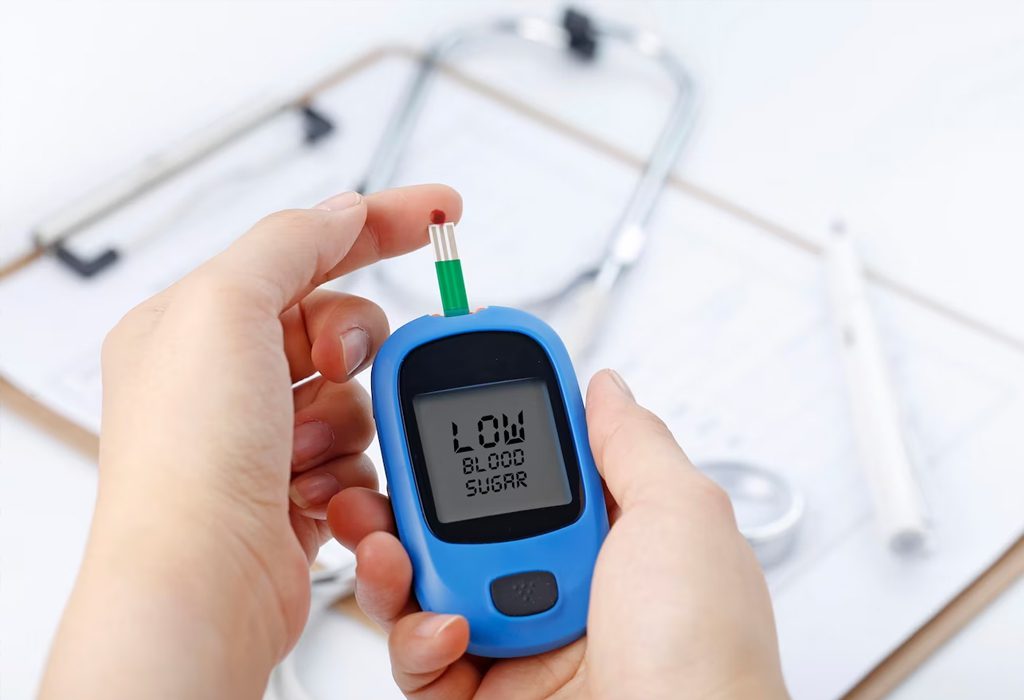
Why Is Diabetes Increasing In Humans?
The prevalence of diabetes in humans is rising, and various causes exist. The rise in obesity rates, especially in wealthy nations, is one of the leading causes. Type 2 diabetes and obesity are closely related, and as more people become overweight or obese, their risk of getting diabetes rises.
Another factor is the rising prevalence of sedentary lifestyles, in which individuals spend more time sitting and exercising less. This considerably increases the chance of acquiring Type 2 diabetes when combined with unhealthful eating patterns, a high intake of processed foods, and sugary beverages.
Genetics and family history are important factors in the emergence of diabetes. People are more likely to develop diabetes themselves if they have a family history of the disease or other connected illnesses.
Additionally, the development of diabetes is influenced by the rise in stress levels, environmental pollution, and exposure to dangerous chemicals and toxins. Increased stress levels in the body result in hormonal imbalances that eventually contribute to insulin resistance and diabetes.
Types Of Diabetes
High blood glucose or blood sugar levels are a defining feature of diabetes, a chronic metabolic condition. It happens when the hormone insulin, which aids in controlling blood sugar levels, cannot be produced or used by the body as intended. Based on its underlying causes, symptoms, and other characteristics, diabetes is a complicated disease that can be divided into several kinds. Type 1 and 2 diabetes are the primary forms; prediabetes and gestational diabetes are further variants.
Let’s discuss the types of diabetes:-
Type 1 diabetes
Type 1 diabetes, often referred to as insulin-dependent diabetes, is brought on when the body’s immune system erroneously kills beta cells, which are insulin-producing in the pancreas. If the body doesn’t have enough beta cells, it can’t create enough insulin, which causes blood glucose levels to rise. About 5-10% of all cases of diabetes are type 1, which typically affects children and young adults. Intense thirst, frequent urination, blurred vision, increased hunger, weight loss, weariness, and irritability are just a few of the symptoms of Type 1 diabetes that can suddenly arise.
Diabetes Type 2
When the body develops insulin resistance or cannot produce enough insulin to control blood sugar levels, type 2 diabetes, also known as non-insulin-dependent diabetes, develops. It can appear at any age, but adults are more likely to create it. Type 2 diabetes affects more than 90% of those with the disease. Obesity, inactivity, age, and family history are risk factors for Type 2 diabetes. Contrary to Type 1 diabetes, Type 2 diabetes symptoms can appear gradually and go unnoticed for a long time. Fatigue, frequent urination, hazy eyesight, increased thirst, slow wound healing, and tingling or numbness in the hands or feet are a few symptoms that may be present.
Diabetes-Related To Pregnancy
Gestational diabetes is a form of diabetes that appears in pregnant women who have never previously had the disease. The condition typically starts to manifest when the body becomes less sensitive to insulin during the second or third trimester of pregnancy. Pregnancy-related diabetes might present symptoms comparable to Type 2 diabetes, such as excessive thirst, frequent urination, exhaustion, and impaired vision. Preterm labor, high blood pressure, and having large infants are just a few of the difficulties during pregnancy that gestational diabetes might make more likely.
Prediabetes
Blood sugar levels higher than usual but not high enough to be categorized as Type 2 diabetes are called prediabetes. It’s a symptom that the body is getting more resistant to insulin and may ultimately result in Type 2 diabetes. Although prediabetes has no signs, those with it run a higher risk of developing Type 2 diabetes, cardiovascular disease, and other health issues.
Understanding The Differences
Diabetes type 1 and type 2 each have unique origins, signs, and treatments. An autoimmune condition called type 1 diabetes typically impacts children and young people. It cannot be stopped, so injecting insulin intravenously or via an insulin pump is the only cure.
On the other hand, type 2 diabetes comes from a confluence of biological, environmental, and behavioral factors. It’s frequently connected to obesity, inactivity, and unhealthy eating patterns. It is possible to steer clear of developing type 2 diabetes and to manage it with weight loss, physical activity, a nutritious diet, and medicine.
Gestational diabetes develops throughout pregnancy and typically disappears after delivery. The chance of getting Type 2 diabetes later in life is higher for women with gestational diabetes. Without treatment for prediabetes, Type 2 diabetes may develop as the body becomes more resistant to insulin.
CONCLUSION
Millions of individuals worldwide have diabetes, a complicated and chronic metabolic illness. Understanding the many types of diabetes can help those with it manage their condition, avoid complications, and live healthier lives. A lifelong treatment and care plan may be necessary for some types of diabetes, while others may be avoidable. Regardless of the type of diabetes, regular blood sugar monitoring, good lifestyle choices, and appropriate medical care can significantly improve a person’s attitude.
 English
English 


































